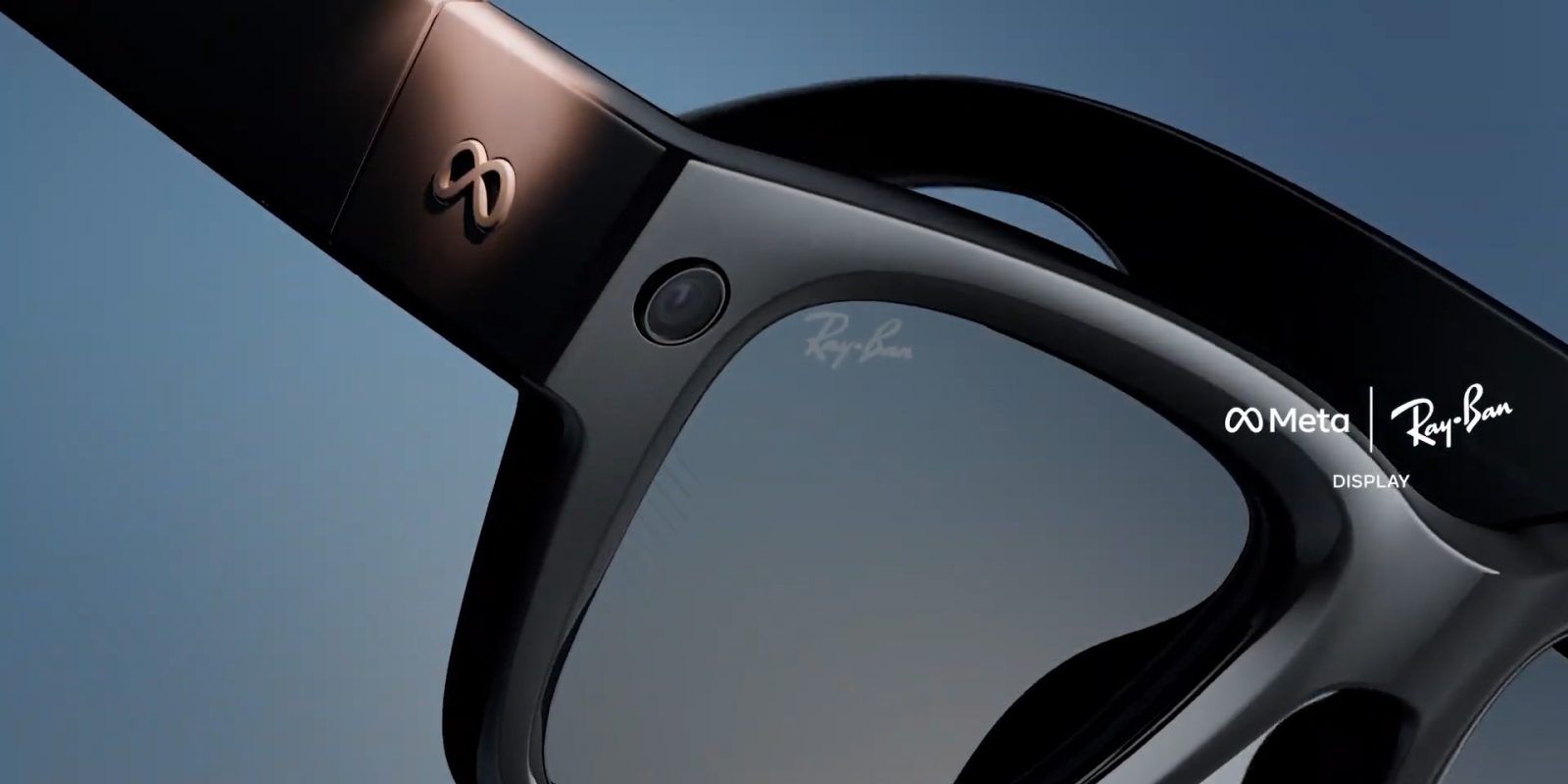Meta Ray-Ban Display: Wearable Focus, Real-World Speed

Last updated: September 20, 2025
What It Is (And Why It Matters)
Phones pull your attention down. Meta Ray-Ban Display flips that. It looks like classic Ray-Bans, but adds a private, in-lens screen and a wrist-worn controller so you can glance messages, directions, captions, and now-playing cards without fishing for your phone—or talking to the air. Heads-up, not heads-down.
Release date (U.S.): September 30, 2025. It launches in-store only at select retailers (Best Buy, LensCrafters, Sunglass Hut, and Ray-Ban Stores). Starting price: $799, and every pair includes the Meta Neural Band for gesture control. Online availability expands later. Book a demo and try the wrist gestures, fit, and lenses in-store.
What’s New
- In-lens display for glanceable info—maps, message previews, prompts—then gone when you’re done.
- Meta Neural Band on your wrist reads tiny muscle signals so you can scroll and select with subtle hand moves (no button-mashing, no loud voice commands). Included in the box.
- Messaging & calls through Meta’s stack (WhatsApp, Messenger, Instagram). iMessage isn’t supported.
- Directions & translation rendered in the lens—walking nav, live captions, and visual/text translation on demand.
- Capture & audio for hands-free clips and photos, with beamforming mics and open-ear speakers so you keep situational awareness.
Who It’s For
- Creators / solo operators: film B-roll hands-free while keeping a shot list or prompts in view.
- Client-facing pros: keep notes, scripts, and appointment details in sight without breaking presence.
- Travelers / deal-makers: quick DMs, on-the-spot translation, and walking nav so you move through cities with fewer stalls.
How It Actually Helps You Build
- Fewer context switches → more shipped work. Heads-up info keeps momentum on calls, shoots, and site visits.
- Capture without friction. Daily clips become content, updates, and proof of work—without pulling out a phone.
- Faster decisions on the ground. Nav + translation reduce “what now” delays in unfamiliar places.
Day-One Setup (5 Steps)
1. Pair glasses and Neural Band; train two gestures (scroll, confirm). Keep it simple at first.
2. Allow notifications from 2–3 priority threads; mute the rest. This is a focus tool, not a firehose.
3. Test a short walk with turn-by-turn, then try one translation use case (menu/sign + a quick convo).
4. Record five 10-second clips using the on-lens viewfinder; check framing and audio.
5. Dial in the charge routine for the glasses, case, and Band.
Privacy, Limits, Real Talk
- Ecosystem reality: the smoothest messaging/calling flows are on WhatsApp, Messenger, and Instagram. iMessage is off-limits right now.
- Launch demos ≠ daily use: if you saw stage hiccups, assume Wi-Fi and “live-demo tax.” Expect a short learning curve, not perfection on day one.
- Social norms: you’re wearing a camera and a display—use the capture indicator, disclose when recording, and respect private spaces. Retail partners reinforce those norms in-store.
Should You Choose Display Or Camera-Only
- Choose Meta Ray-Ban Display if you want true heads-up workflow: on-lens info + silent control for everyday execution.
- Choose the camera-only Ray-Ban Meta Gen 2 if you just need hands-free capture/audio at a lower price and don’t mind checking your phone for info.
Price & Availability
- Price: $799 (glasses + Meta Neural Band).
- U.S. release date: September 30, 2025—in-store only at launch via Best Buy, LensCrafters, Sunglass Hut, and Ray-Ban Stores; select Verizon stores “soon.” Book an in-person demo; purchase may require a confirmed fit. Online and international rollouts expand later.
Our Take
If you only want a wearable camera, stick with the simpler models. If you want to move faster without looking down, Display is the first pair that feels like eyewear—not a prototype. The wrist-band control is the unlock; once gestures click, the value shows up immediately.
Launch In 5 Minutes
1. Pick frame/lens, confirm Band fit
2. Pair devices; enable on-lens messages + nav
3. Train two gestures; set two notification rules
4. Walk a block with turn-by-turn; try one translation
5. Shoot a 15-second clip; review and adjust
💡ThinkwithAD – PULSE
These are snapshot playbooks—fast to read, built to run, accurate as published. We prioritize clear steps, cost cuts, and safety notes; if details shift later, use this as your baseline and confirm on the official page before you act.

⚠️Disclaimers:
- Information in this post is based on publicly available details as of September 20, 2025. Features, pricing, specs, and availability can change without notice—confirm on official product pages or with an authorized retailer before you buy.
- This post is independent editorial content. It isn’t sponsored, endorsed, or reviewed by Meta, Ray-Ban, Best Buy, LensCrafters, Sunglass Hut, or Verizon. Trademarks belong to their owners.
- Recording and display use come with responsibilities. Know and follow local laws around filming, audio capture, and consent. Use the capture indicator and get permission where required.
- Safety first. Don’t use heads-up displays in situations that demand full attention (driving, operating machinery, hazardous environments). Follow posted rules in private or restricted spaces.
- Workplace rules vary. If you plan to use these glasses on the job, clear it with your employer or clients and respect on-site policies.
- Data and privacy. Review the device’s privacy settings, app permissions, and data-sharing defaults. Consider what is stored in the cloud and who can access it.
- Health considerations. Wrist-worn EMG devices and wearable displays may not be suitable for everyone. If you experience discomfort, irritation, or eyestrain, stop use and consult the manufacturer’s guidance.
- Nothing here is legal, medical, safety, or investment advice. Use your judgment and do your own verification before acting.